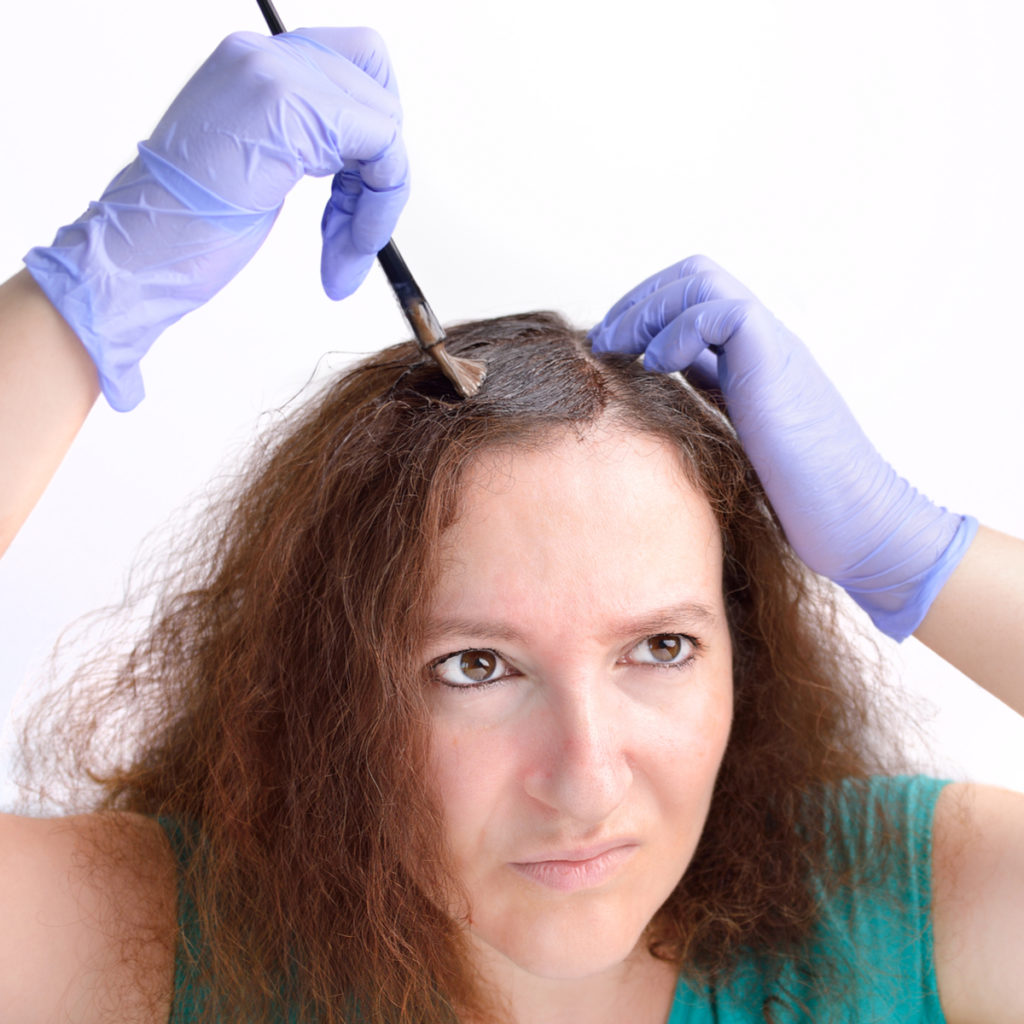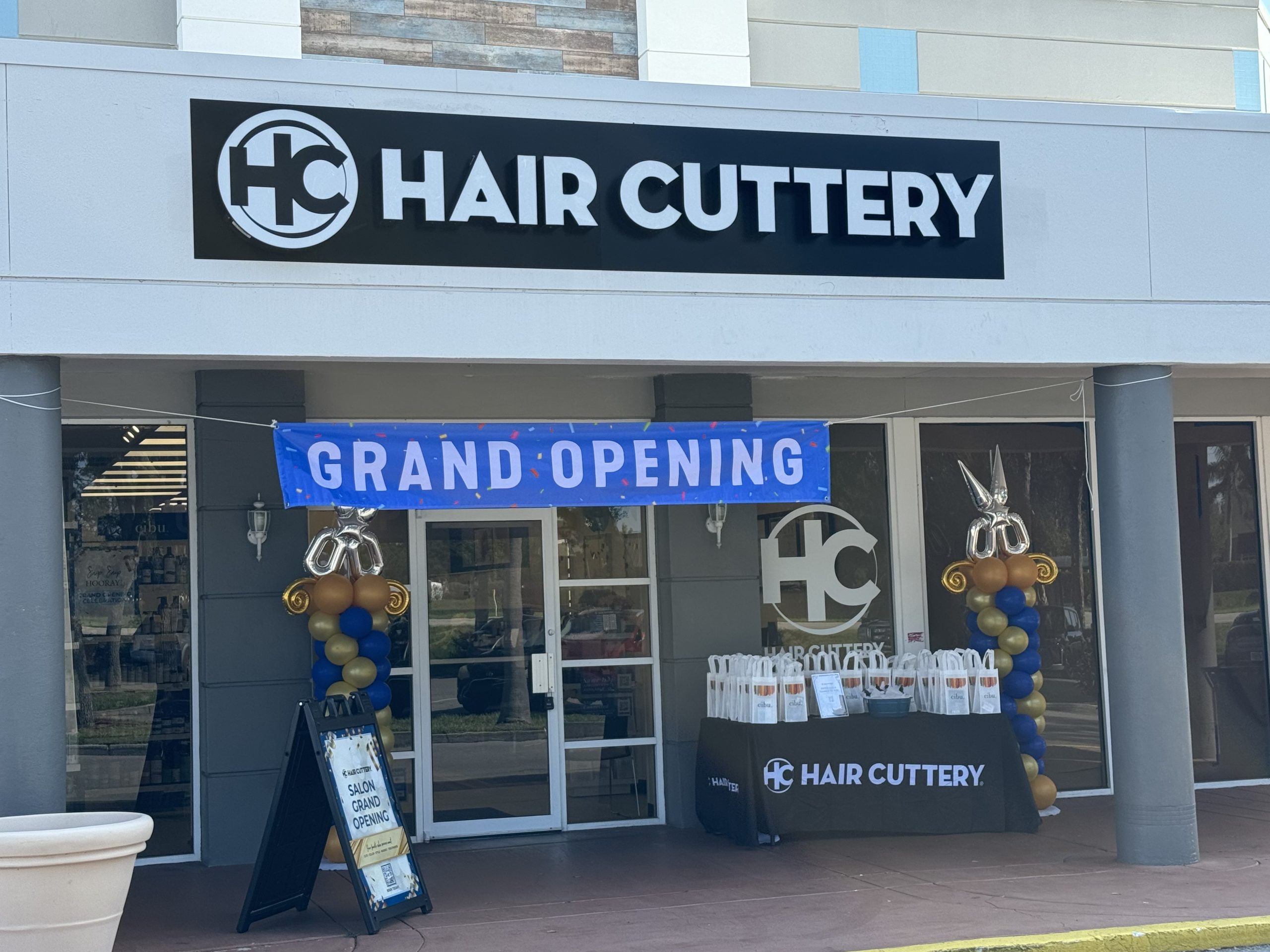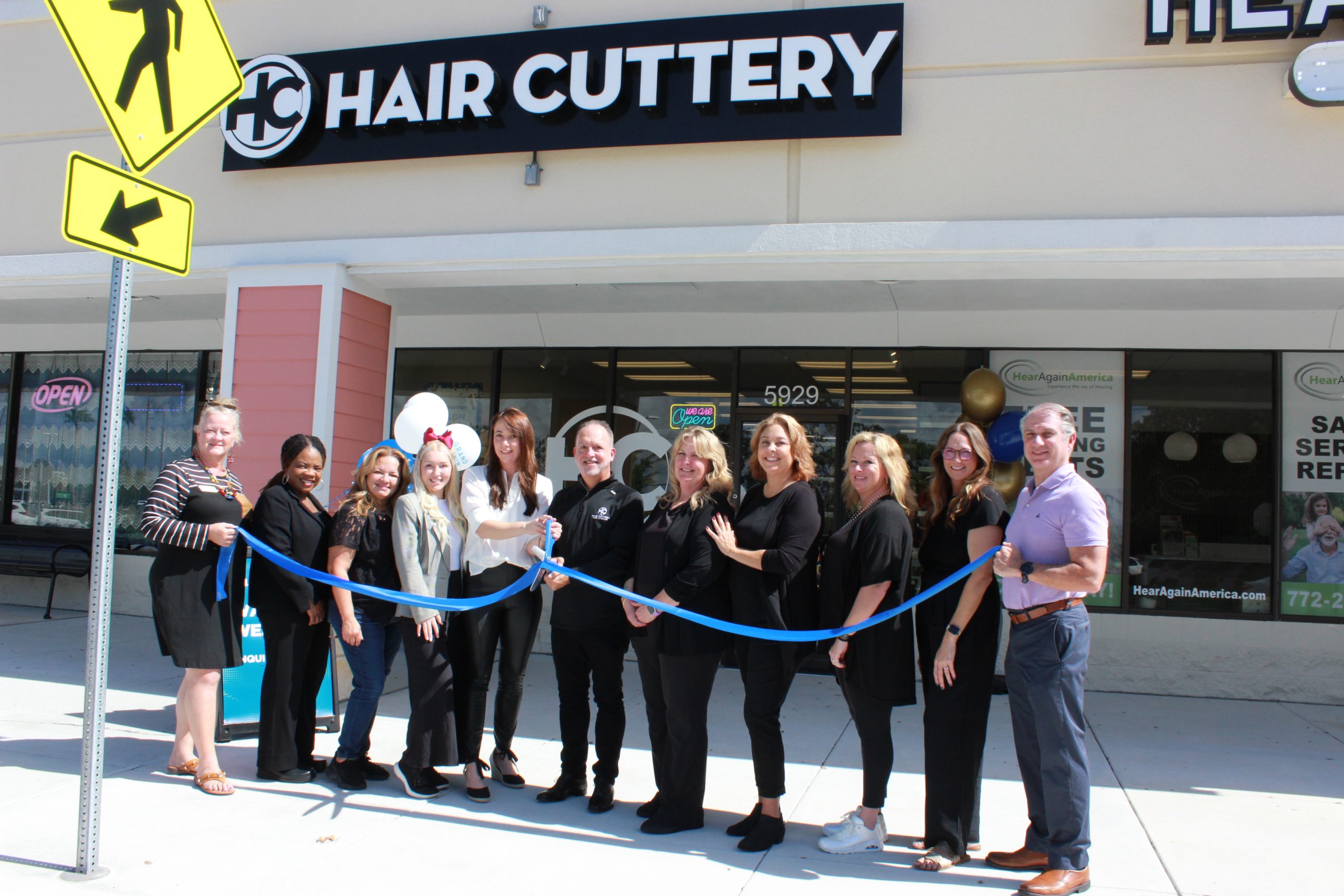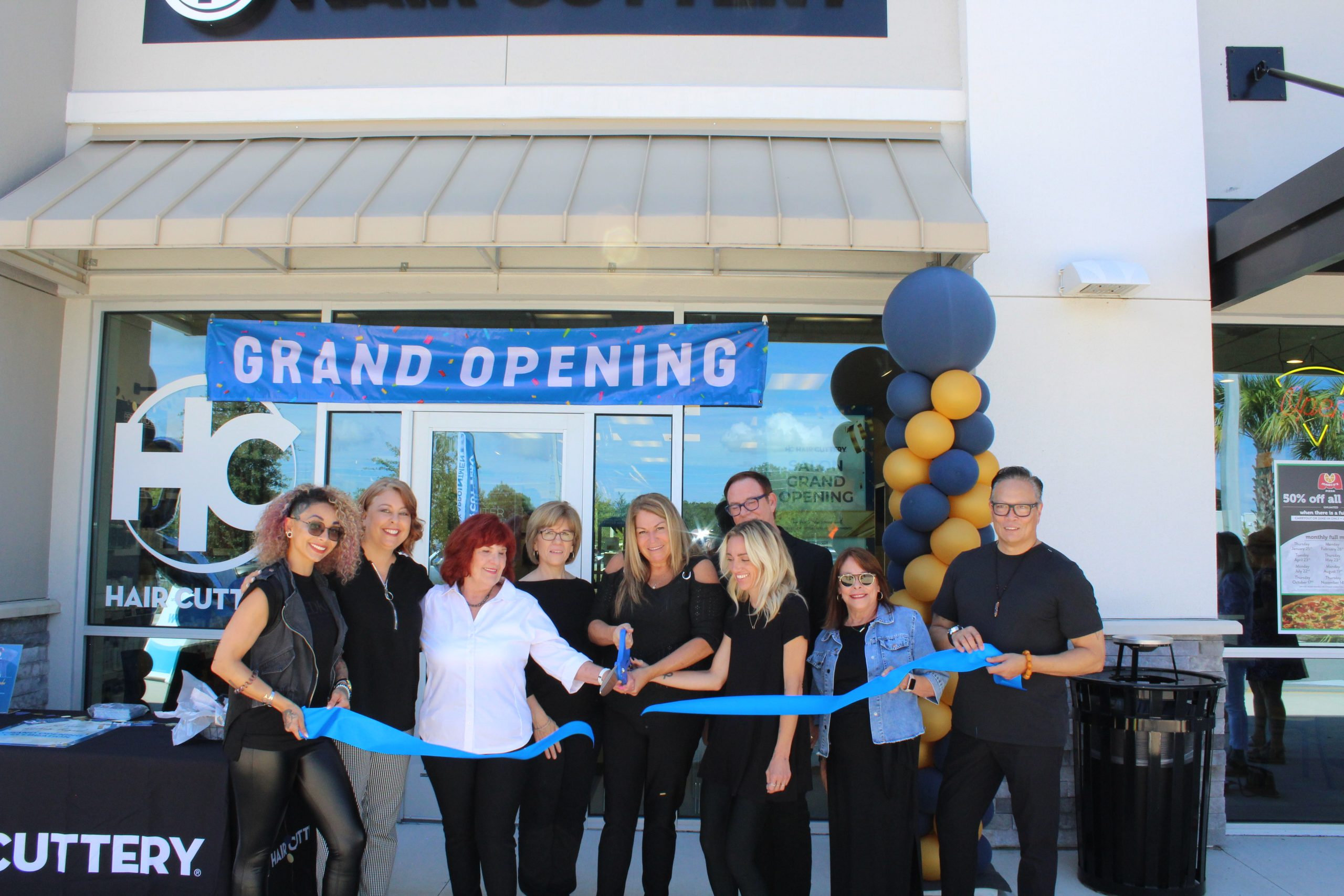A Stylist’s Guide to Color Correction
Trying out different hair colors or techniques can be fun, rewarding and rather satisfying, except for that “oops” moment when things didn’t go quite as planned, or natural fading happened that changed the outcome over time. When you’re feeling it’s time for a change, consult your Hair Cuttery stylist first and foremost. For best results, never take matters into your own hands or those of someone who is not a professional stylist.
What Could Possibly Go Wrong?
Lots! Unless you truly understand the chemistry of hair and hair color, odds are the amazing photo you saw on Instagram will not come out as planned during an at-home color session with your bestie. Did you try it anyway? Then you just might be familiar with a color correction service. We would all be kidding ourselves if we say we have never experimented (or at least thought about it) but here are some things to consider. In the salon, a common unknown for clients is that “color doesn’t lighten color.” What does that mean? Ok, so your hair is dirty blonde and you want to go darker. You have it done and love it, but as your roots start growing out you realize you want to be your natural color again. So, to save yourself some money, you stop at the drug store, grab a shade that looks like it would match and put it all over your hair. Uh oh, now maybe your roots have a brighter, orange tone (“hot roots”), and you’ve still got dark ends that this dye did not change. What happened?

The dark ends didn’t change because once your hair is colored darker, there is no way to lighten it without decolorizing the hair first. A lighter hair dye cannot simply remove the dark color from your hair. Side note: please don’t attempt decolorizing at home—it can wreak havoc if not used and monitored professionally and properly! Now, what do you do? Go visit your Hair Cuttery stylist because they will need to balance this out—and, chances are, it’s going to take more than one application.
Balayage Can’t Be THAT Hard…

Oh, but it is if you haven’t been trained properly. In the salon, it isn’t uncommon for someone to come in for a color correction who has dark brown hair with large, jagged chunks of an unsightly brass color. That’s what can happen with an at-home balayage attempt. Balayage is a technique where stylists use a freehand skill to paint highlights or lowlights onto the hair. There is precision to it, to say the least. Each stylist will have their favorite tools to use, special freehand lighteners, and an eye for painting certain pieces, in precise locations all while not touching surrounding hair or creating a harsh line of demarcation. Videos make this process look simple, but without lots of practice, it is anything but.
So, now that the “at-home, sister-trusted, untrained balayage attempt” recipient has run to her favorite Hair Cuttery in search of help, here is what may be on her plate for the day (or possibly multiple days if the “fix” requires more than one visit). First, a trained Hair Cuttery specialist will assess the situation. This could go in many ways depending on the condition of the client’s hair, her base color and what she was hoping to achieve.
The fix will most likely include many processes, meaning several shampoos and blow-dries between applications, while trying to even out, balance, and achieve the desired level of lightness and brightness. If this is you, be prepared to get cozy with your stylist because you’ll be there for many hours, possibly on more than one day. Save yourself time and money by visiting your Hair Cuttery stylist from the get-go when you want an amazing balayage service that will be sure to catch many glances!
When Your New Hair Color is Fading
This is common, normal and natural. When lightening the hair, most of the time the color service will include an application of a toner which counteracts undesired tones. Desired tones fall on a wide spectrum from warm to cool, but after washing and normal wear, these tones begin to transition away from the color you loved when you left the salon. No need to stress—this is the sort of color correction that is a simple adjustment, in most cases and is more maintenance than correction. If you don’t need your highlights retouched yet, but want to revitalize that loved tone, make an appointment with your Hair Cuttery stylist and s/he can re-tone your hair.
At Home Haircare
When you begin coloring your hair, or have any chemical service, it is important to take extra special care of your hair. Whenever chemicals are applied to your hair, it alters its natural state and begins depleting it of moisture. The more you chemically alter your hair, the more moisture you will need to add back in. Discuss with your Hair Cuttery stylist the best routine for your hair as we do offer Redken Deep Conditioning Treatments and sell specific moisture products like CIBU Repair shampoo and conditioner, Redken All Soft shampoo and conditioner and Matrix Biolage Ultra Hydrasource shampoo and conditioner.

What’s the Take-Away?
At-home dyeing simply isn’t advisable. Color corrections end up costing you lots more time and money than if you came to Hair Cuttery before you began. Never hesitate to talk with your stylist about what you’re thinking about for color, cuts, and styles. They’re here to make you feel and look your best with their knowledge, professionalism, and experience for all areas of hair care.




